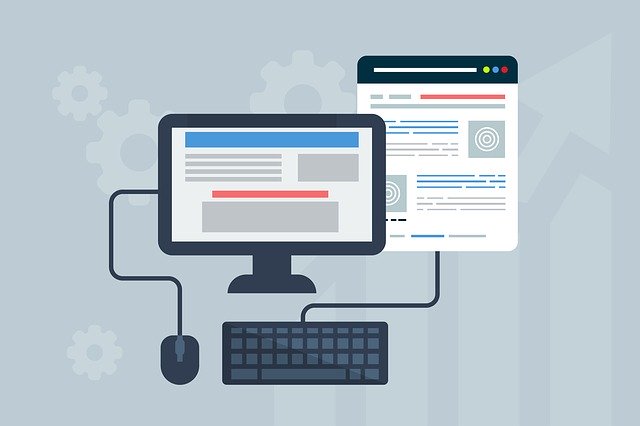User Interface (UI) and User Experience (UX) is becoming an increasingly important consideration for developers and distributors of medical systems and devices. Hardware design and usefulness, customization, regulatory compliance, and multiple other factors are critical to providing healthcare providers with the materials they need to maximize patient care and effective treatment. In this article, Dr. Joel Arun Sursas discusses the importance of UI and UX in the healthcare environment.
Why UI/UX Is Important
Generally speaking, any UX involves a user’s ability to effectively and appropriately use and respond to any device or system. In healthcare, the UI directly impacts the UX functionality of any medical device, application, or system that is used to diagnose and treat patients. The rapid pace of innovation and technological development in healthcare in recent years requires a close look at the UI and UX aspects of all new devices and software to maximize patient care. Products and processes should be designed with the user in mind, and UX is a great metric for measuring how well new products deliver results for patients.
Strong UX Promotes Efficiency
Ease of use is essential for any process, product, or system. When a product is easy to use, it is more efficient than other options. Products that maximize simple operation are easier to learn and master for users of all skill levels. The art of turning complex systems into understandable systems that are repetitive and predictable promotes a UX that promotes proper and more efficient use. Users who can intuitively use products spend less time and make fewer errors in providing healthcare services.
Products with Solid UX Work and Provide Value
Products that do not actually provide solutions or do not work properly are counter-productive and create additional problems in the healthcare workplace. Measuring UX helps ensure that the products are adequately designed for their intended tasks. If a new product is challenging to operate or does not function properly, users are likely to resort to older and less efficient technologies to get a task done. Product and system design should always consider user preferences regarding routine tasks and how hardware and software are used in the real world.
Proper UX Protects Patient Data and Safety
Traditional electronic medical record systems are rapidly losing usefulness in the healthcare world that is being redesigned around new technologies. Record-keeping systems do much more than traditional systems were ever designed to handle, and to maximize the value of new systems, UX should be placed front and center in all parts of the process. Users must be able to easily and quickly use systems to collect data securely so that systems can present results to providers reliably. Systems that are user-friendly and predictable significantly reduce the risk of errors and poor patient outcomes.





